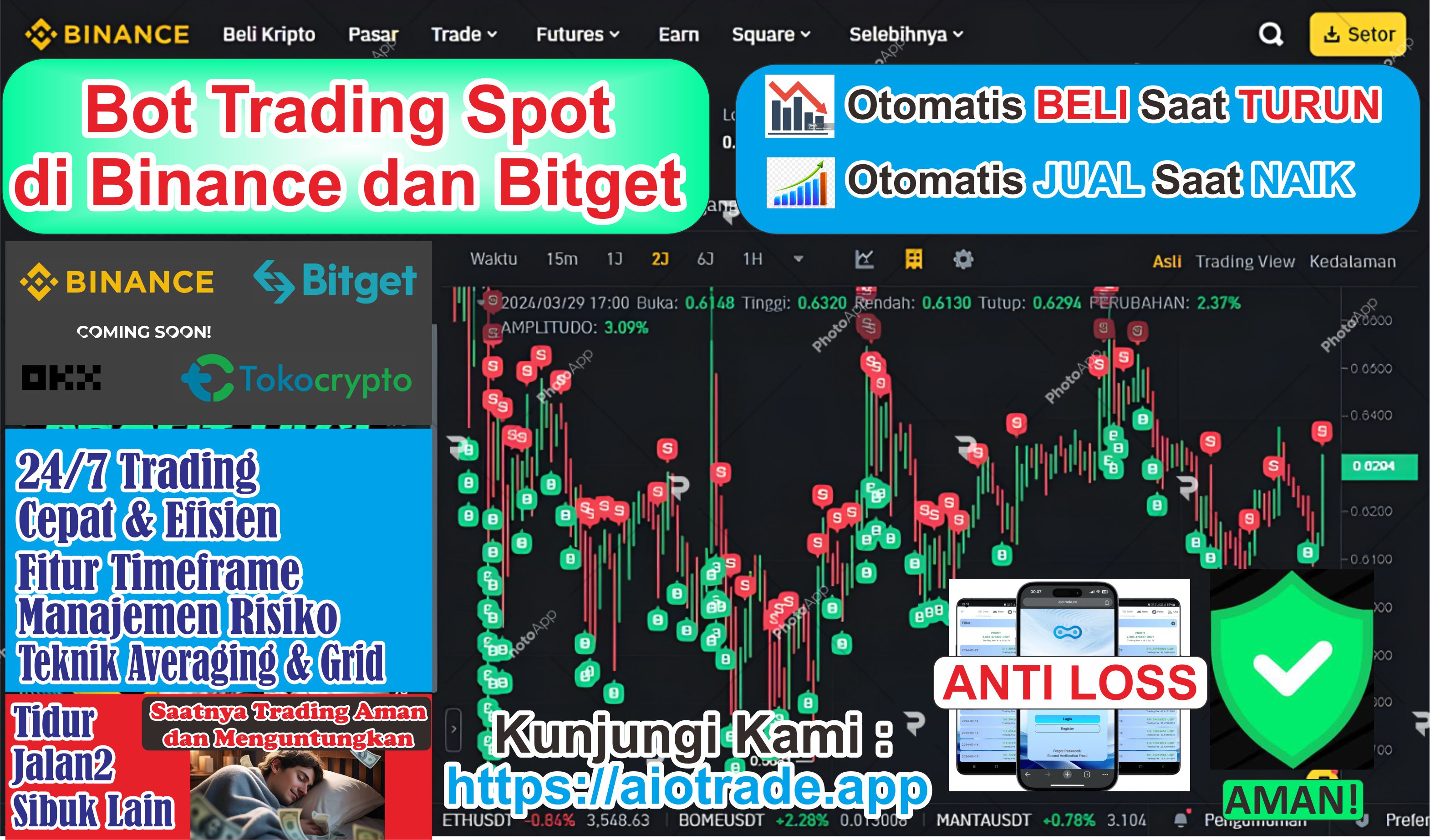- Lapisan 1 blockchain baru dibangun khusus untuk stablecoin.
- Stable, Arc, dan Plasma menyertakan fitur seperti finalitas cepat dan biaya gas stablecoin.
- Platform-platform yang muncul didukung oleh PayPal, Circle, dan Tether.
Dengan meningkatnya pengadopsian stablecoin di tengah munculnya kasus penggunaan baru dan meningkatnya minat dari lembaga besar, muncul keraguan mengenai keberlanjutan infrastruktur blockchain saat ini dalam jangka panjang.
Di balik latar belakang ini, PayPal, Circle danTethersedang memberikan dukungan penuh kepada blockchain Layer 1 (L1) baru yang dioptimalkan untuk transaksi stablecoin.

Permainan Kripto

Vave

TrustDice
The Limitations of Existing Blockchains
Blockchainu2019s advocates often tout the technologyu2019s allegedly superior throughput compared to legacy payment systems. But as they currently stand, most blockchains would buckle under the amount of transactions global card networks process.
This problem is well-documented for Ethereum, which rarely exceeds 20 transactions per second (TPS). But even much faster, more efficient chains have limitations.
Take Solana as an example. During a recent stress test, the network surpassed 100,000 TPS. However, those were mostly lightweight u201cno opu201d transactions that only required around 2,000 compute units (CUs) each.
In contrast, stablecoin transfers can use up to 20,000 CUs.
Moreover, while Solana fees remain low even under a high load of stablecoin transactions, costs are unpredictable and must be paid in SOL, introducing additional complexity.
To solve this, new blockchains have emerged that use stablecoins as their native gas token.
Stablecoins Gas Payments
Some of the first blockchain platforms to explore stablecoin gas fees were Gnosis and Celo.
Gnosis, an Ethereum sidechain, supports bridged DAI for gas payments and is currently migrating to the upgraded USDS. Meanwhile, Celou2019s multicurrency gas model supports native assets like cUSD and cEUR.
While Gnosis and Celo provided an important proof-of-concept, a new generation of L1S are integrating USDT and USDC, which make up the vast majority of all stablecoins.
A Dedicated Chain for USDT
In July, Stable was proposed as a new L1 network optimized for USDT payments. Because the gas currency is the same as the payment currency, users donu2019t need to hold crypto or rely on inefficient abstraction mechanisms.
The project is nominally independent from Tether, but retains close ties to the USDT issuer and has received funding from its sister company, BitFinex.
On Monday, Sept. 22, Stable onboarded its second major stablecoin, PayPalu2019s PYUSD. PayPal Ventures also invested in Stable's latest funding round.
Circle Enters the Fray
With USDT gaining its own dedicated L1, Circle has moved to develop a rival platform for USDC.
Announced in August, Arc is pitched purpose-built infrastructure for USDC. It will integrate stablecoin gas payments and a network of validators that have been pre-approved by Circle.
This sets it apart as a kind of hybrid platform that combines the features of a blockchain with the more permissioned design of traditional payment systems.
In line with Circleu2019s general strategy, many of Arcu2019s features are tailored for regulatory compliance.
Although the platform is open to criticism from blockchain traditionalists, who favor censorship resistance and decentralization, Circleu2019s expanded control function could be attractive to risk-averse institutional users.
USDT Goes Omnichain With USDT0
On Thursday, Sept. 25, another stablecoin-focused L1 built around USDT is set to launch.
Like Stable, Plasma is powered USDT0, a blockchain agnostic stablecoin issued when users lock up native USDT on Tron, Ethereum, or any other supported chain. While it have a native token, XPL, the new L1 is designed so that end-users don't pay transaction fees.
Exactly how much support the concept has from Tether remains unclear.
The project website leans heavily on the Tether brand, and quotes Tether CEO Paolo Ardoino, yangdisebutstablecoin "solusi yang sangat dibutuhkan untuk perpindahan USDT yang mulus di seluruh ekosistem."
Menjaga jarak tertentu dari USDT0 bisa menjadi pilihan strategis bagi Tether.
Saat stablecoin dikunci dalam kontrak USDT0, Tether tidak memiliki kendali atas token baru tersebut, yang beredar bebas di Plasma dan rantai lainnya.
Ini pada dasarnya melepaskan pengembang stablecoin dari tanggung jawab atas pembekuan aset dan menciptakan kemungkinan baru untuk transfer pribadi dan transaksi tanpa sensor.

























Komentar
Tuliskan Komentar Anda!